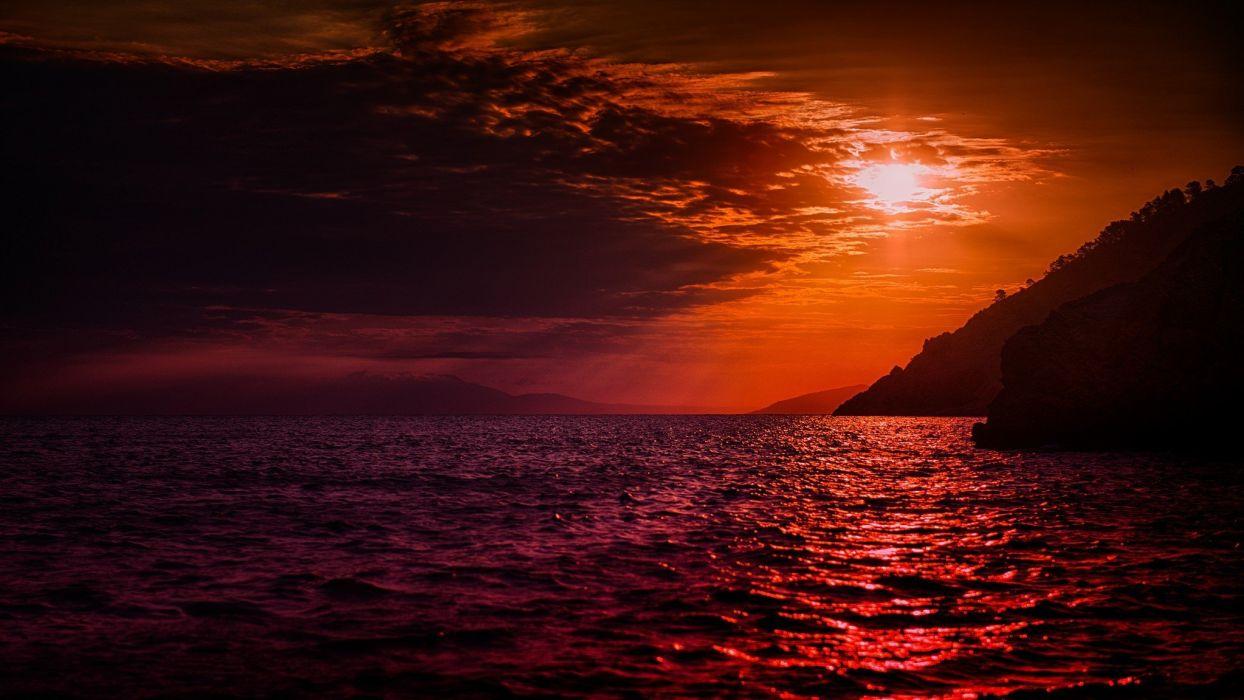

Red tide has waned offshore of Southwest Florida over the past several weeks, so for now, Trichodesmium doesn’t pose much of a threat. “It’s a very important (species) on this earth.”įlorida water quality samplers detected "sea sawdust" blooms at Redington Beach and Sunset Beach over the past week, according to the Florida Fish and Wildlife Research Institute. “It’s able to convert nitrogen into something that other plants are able to utilize,” Weisberg said. There are plenty of algae species in the middle of the gulf that are depleted of nitrogen, and Trichodesmium plays an important role in their survival, Weisberg said. “Not only does it help to feed red tide - it helps to shade it,” Weisberg said. It helps the toxic algae blooms in other ways, too: Red tide is sensitive under too much sunlight, but sea sawdust can also provide it with a haven of shade, according to Bob Weisberg, a physical oceanographer with the University of South Florida. That means the red tide-causing organism Karenia brevis can use the nitrogen created by sea sawdust to grow and spread. In a process called nitrogen-fixation, Trichodesmium sucks nitrogen gas from the air and turns it into ammonia, an easy-to-access fuel for marine algae species. But Trichodesmium is special: It pulls most of its nitrogen from the atmosphere.

Most of the algae species studied throughout the Gulf of Mexico are stymied by the limited amount of nitrogen in the water that the organisms need to feed. Hubbard said it’s likely offshore of every county from Pinellas to Collier. Over the past week, water samples also detected the presence of sea sawdust in Manatee and Collier counties, according to the research institute. Now, the team is waiting for a clear sky this week to capture more aerial imagery and assess its location and size, Hubbard said. They found it on Redington Beach and Sunset Beach, according to the research institute. Hubbard’s team tests the water for Trichodesmium regularly, and biologists verified a bloom along the Pinellas coast last Wednesday and again on Friday. It turns atmospheric nitrogen into a form that is easily accessible for other algae species, including red tide.

A bloom of "sea sawdust" has been lingering off the Pinellas County coast for at least the past week, according to Florida researchers.


 0 kommentar(er)
0 kommentar(er)
